RAW MATERIALS
Raw materials:
Substances that are
- found naturally
- Wood
- Ores of metals
- Produced by farmers and herders
Raw materials + process = finished goods
cotton(raw material produced by the farmers) + processes = cloth
The Harappans used locally available raw materials as well as brought from distant places such as copper, tin, gold, silver, and precious stones.
- Copper from present-day
- Rajasthan
- Oman in West Asia
- Tin from present-day
- Afghanistan
- Iran
(tin was mixed with copper to produce bronze)
- Gold from present-day Karnataka
- Precious stones from present-day
- Gujarat
- Iran
- Afghanistan
- Toy cart shows that carts were used to transport things from one place to another.
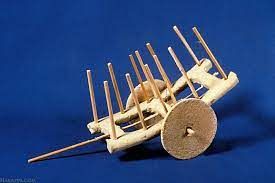
- Seals show that the trading of goods flourished at that time.
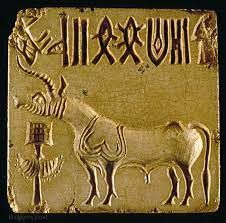
FOOD FOR PEOPLE IN THE CITIES
PEOPLE IN THE CITIES:
- The rulers, the scribes, and the crafts persons lived in the cities.
- The farmers and the herders lived in the countryside and supplied the food to the city.
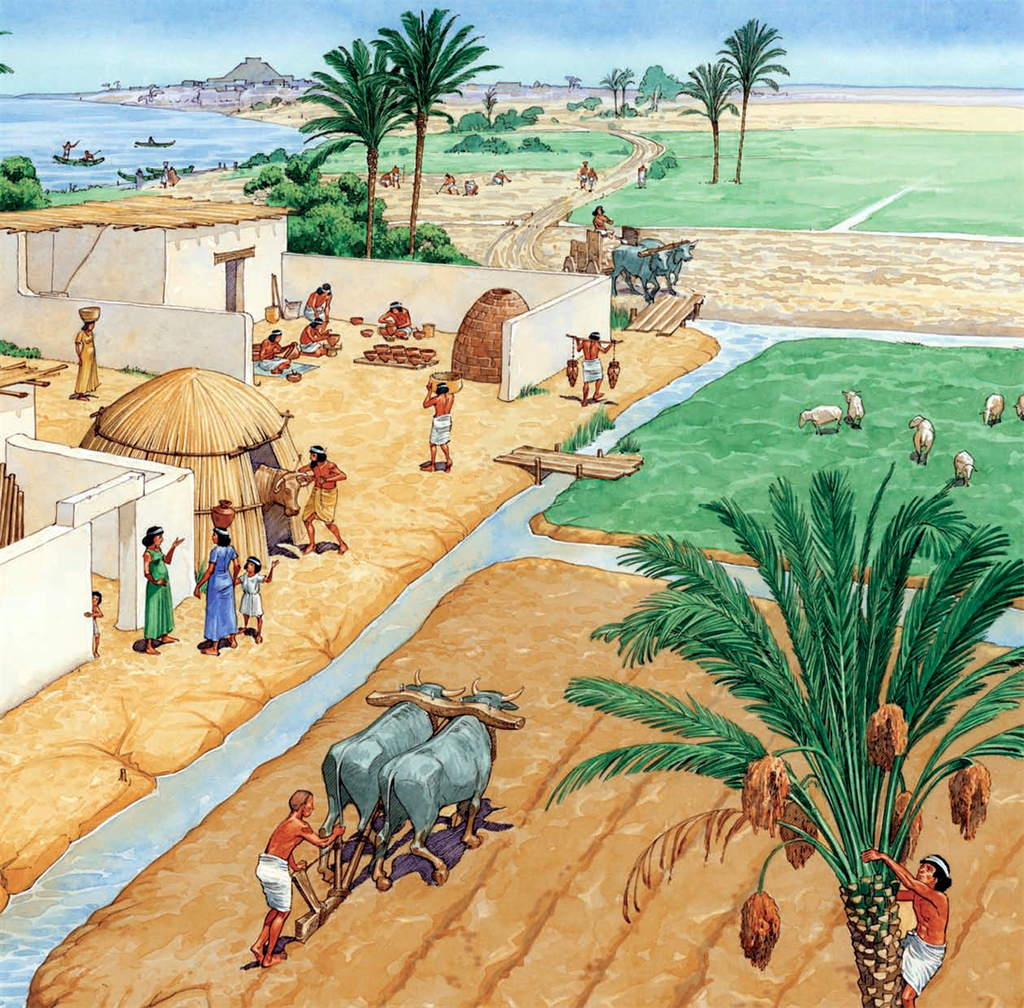
THE FARMERS:
We got to know through the remains that-
- The Harappans grew
- Wheat
- Barley
- Pulses
- Peas
- Rice
- Sesame
- Linseed
- Mustard
- A new tool.the plough was used to dig the earth and planting seeds.
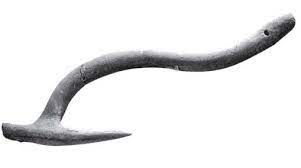
- The plough was probably made of wood that’s why not survived but toy models have been found.
- The Harappan region did not receive heavy rainfall, irrigation needed in some parts.
- This means that water once stored then supplied to the fields where plants grow.
THE HERDERS:
- The Harappan reared cattle, sheep, goat and buffalo.
- They settled around the water resources and the pasture lands.
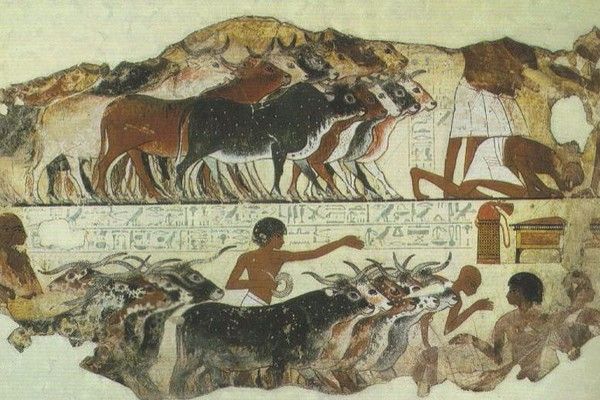
- And moved to far off places in search of water and pastures during the summers.
- They collected fruits like ber, caught fish and hunted wild animals like the antelope.

 Indira Gandhi Memorial High School
Indira Gandhi Memorial High School
